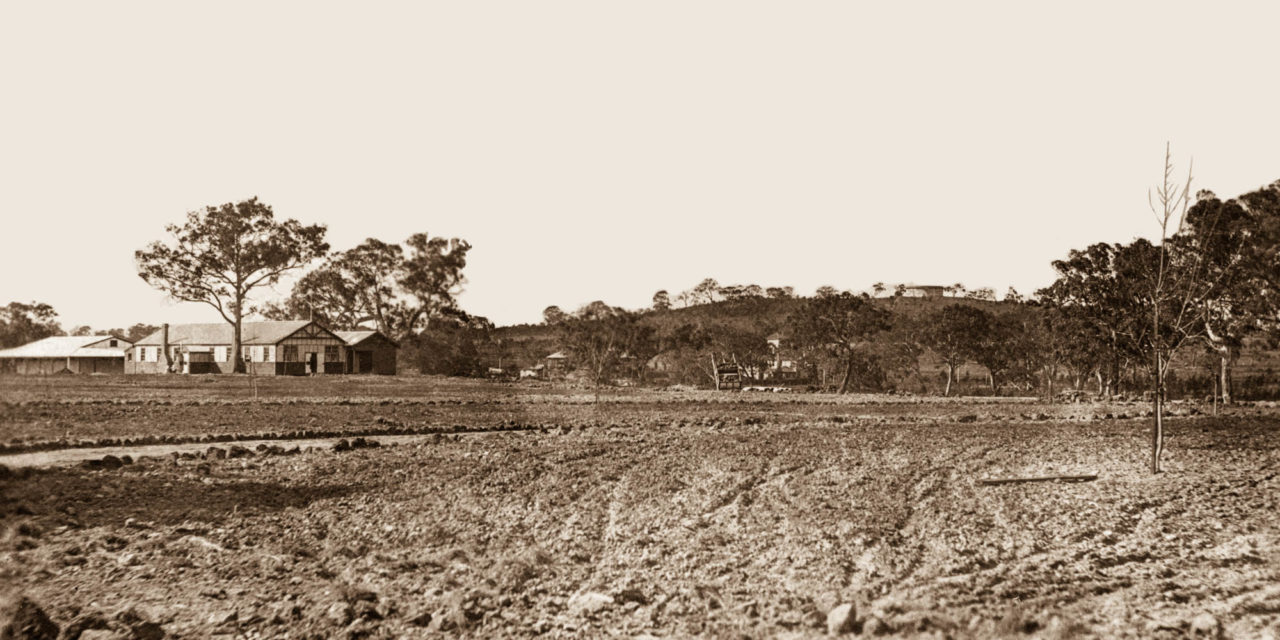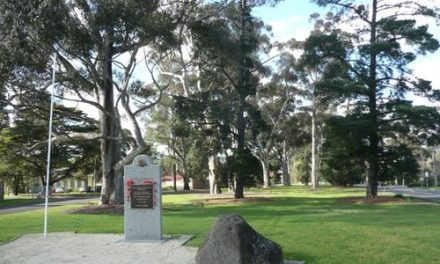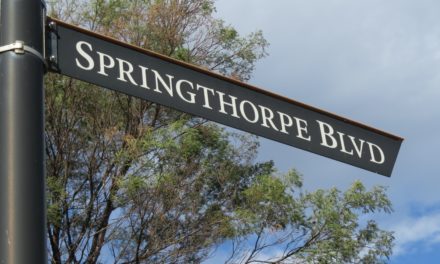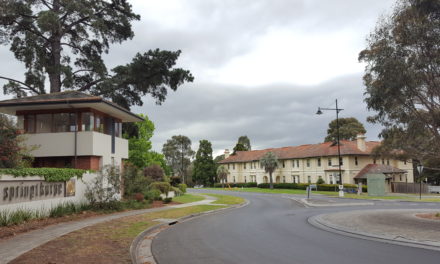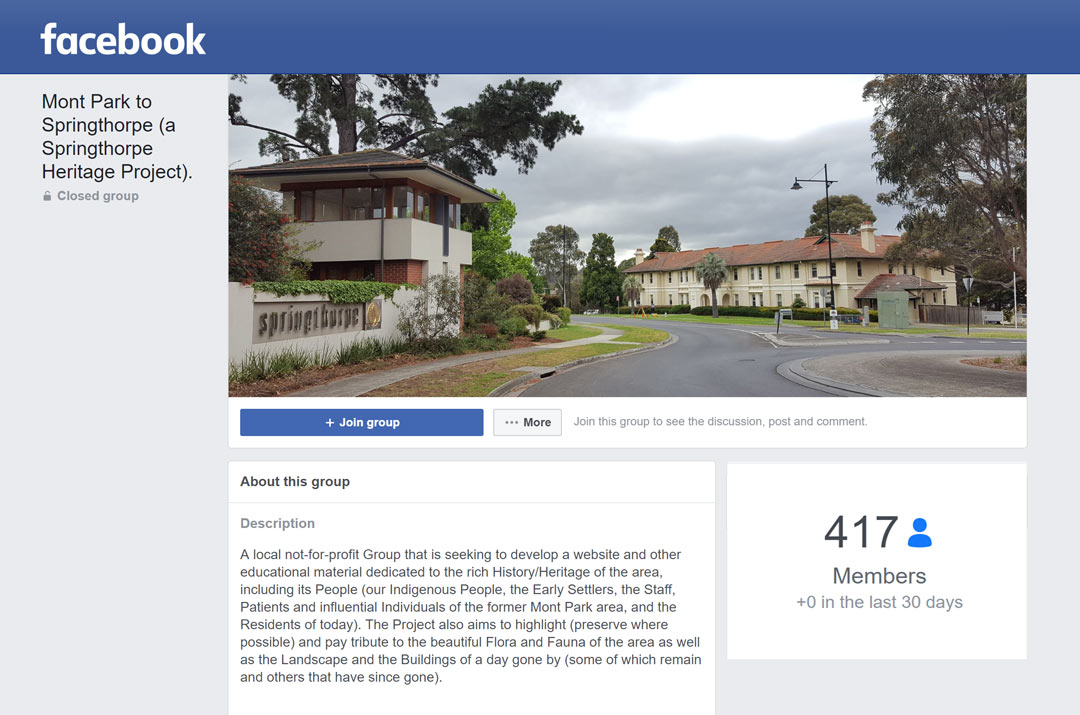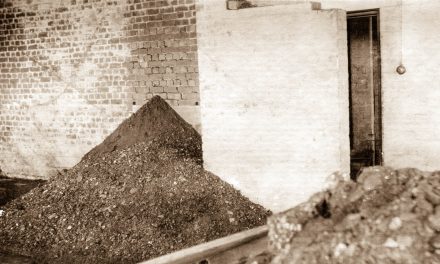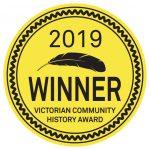Childhood memories can be vague and often framed around happy events. Such are my memories of the years my father, Ted Keating worked at Mont Park Farm, in the early to mid 1960s.
His work involved looking after the dairy herd and milking. I am not sure of the circumstances of his employment but imagine it linked to the uncertainties of income from our family farm in Kinglake West.
He would head off early…round 5am each morning in our FJ Holden and drive the winding road ‘down the mountain’ in time to do the morning milking. He usually got home round 6 pm.
By this time patients didn’t actually work on the farm, hence the reason for his employment. I think he was friendly with a number of hospital staff and patients. He talked about the Occupational Therapists who brought patients over to the farm for a visit and several patients who were regulars round the farm. I also recall him talking about trying to rescue a patient from the dam and then having to pull the body out with a tractor. I think this was both a warning to us to be careful around the dams on our farm as well as an expression of his sadness for a likely suicide.
However most of his stories were cheerful, about calving and other farm goings on. Sometimes I’d come to the farm for a ride home after visiting my grandparents in town. I remember climbing up on the big wooden gates and seeing him riding through the paddock on a horse, with all the cows wandering about.

View across Mont Park towards Gresswell Hill and Watertank. Courtesy: YPRL
On the way home we’d often stop for petrol at the Golden Fleece Service station on the corner of Plenty and Greenhill’s Road run by Phil Corrigan. He’d give us sweets and footy stickers and mine was St Kilda … and they won their first premiership shortly after so I’ve stuck with them ever since… and remain hopeful.
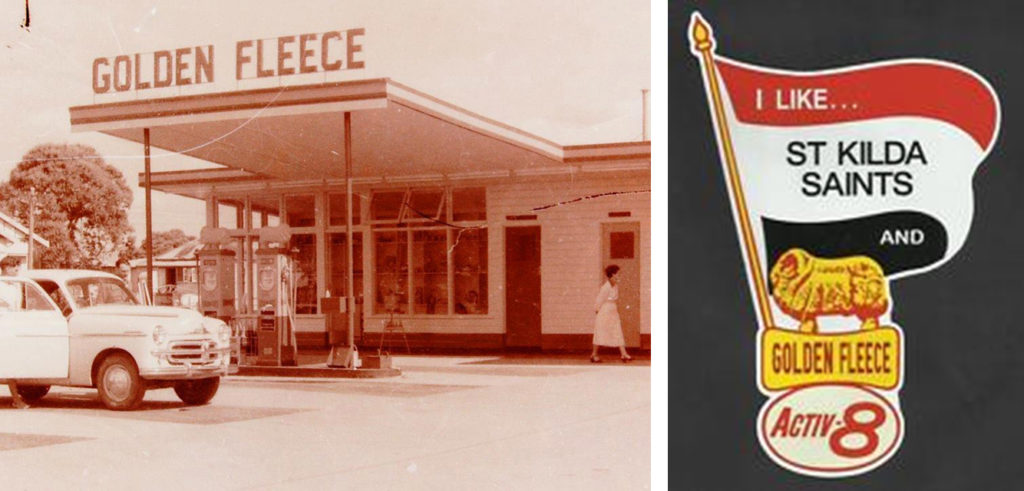
We also loved to visit our father’s farm friends – Trixie and Dick Humphries. I think he was the farm caretaker or manager. They lived in the weatherboard house on the other side Plenty Road and Kingsbury Drive. It was later converted into the original La Trobe Child Care Centre, then demolished and now has the University sign on its site.
My father moved to a position with the MMBW at Wallaby Creek in the late 1960s, which was much closer to home. This would have coincided with the closure of the dairy farm but was also preferable to the dangerous icy drive down to Bundoora in the cold winters.
The farm now forms much of the site of La Trobe University. The milking shed was on Plenty Rd, where the Health Sciences Clinic now stands, next to the La Trobe Medical Centre. The shed was quite large and constructed of wood with a brick floor. It was later used by the Agricultural Science Department, before being demolished. The paddocks in the immediate vicinity are still the University Agriculture Reserve.
In his book In the Beginning There Was Only the Land, Len Kenna discusses the history of Mont Park Farm (Kenna, 1988). It was originally part of the 1838 colonial land sales as Allotment 10, later known as Strathalan and extended in a rectangle from Greensborough Rd to Plenty Rd. The original Strathalan Homestead still stands, as part of the Baptcare Strathalan Community in Macleod.
In 1910 an application was made by the Inspector General for the Insane to purchase some of this land as a reserve for a hospital for the insane. Farm cottages were initially built along with the reinforced concrete water tank on Mt Sugarloaf (renamed Gresswell Hill). Other buildings, including sheds, pig sties and horse stables, plus vegetable gardens and orchards were added along with the hospital buildings. Buildings were connected to the water supply from the Gresswell Hill tank. Sewerage was treated through a filtration system, with the resulting purified water used to irrigate the farm paddocks and provide water for stock.
Kenna (1988) notes that the first patients admitted to Mont Park were farm workers and artisans who laid out the farm, roads and gardens. This continued the Yarra Bend Asylum practice of employing patients in labouring jobs to provide them with worthwhile activity, while overcoming funding shortages and aiming for self-sufficiency. Indeed excess produce, if not required by other asylums, was sold and the proceeds paid into consolidated revenue.
Kenna states:
The farm buildings were extensive, with hay sheds, store rooms for vegetables, glass houses and pig and calf pens. All that remains of the farm buildings are a series of buildings now used by La Trobe University for store rooms. However from these remnants it can be seen that the buildings were constructed around a large cobbled courtyard, the largest building being the milking shed. This had a well laid brick floor, cambered and angled for drainage.
Before the installation of milking machines, milking was done by hand by the patients under primitive conditions … patients milked into kerosene tins then emptied them into standard milk cans. … milk cans were taken by wagon to Bundoora Repatriation Hospital, Larundel Hospital and the wards of Mont Park Hospital. At the same time empty cans and waste food from the wards was collected. The cans were washed in the boiler room … the waste food was used to feed the farms pigs.

Photo: Mont Park Workers – Courtesy Centre for Psychiatric Nursing, University of Melbourne
A narrow gauge trolley track with turntable was used to transport fodder from the barn and silo to the horse boxes and the cow bails in the milking shed….The University’s Central Stores are now located on the corner of the courtyard where the stables once stood.
The remains of the complex are historically significant and illustrate the industrial methods used in institutional farming. … Conditions in the wards encouraged patients to work. The relatively peaceful conditions existing in the gardens and farm contrasted markedly to the overcrowded, supervised wards … although working conditions were less than satisfactory. All farm work was carried out by manual labour, with the use of horse-drawn vehicles…. Farming techniques were similar to those employed in Victoria during the 1850’s… and this system of farming continued for many years.
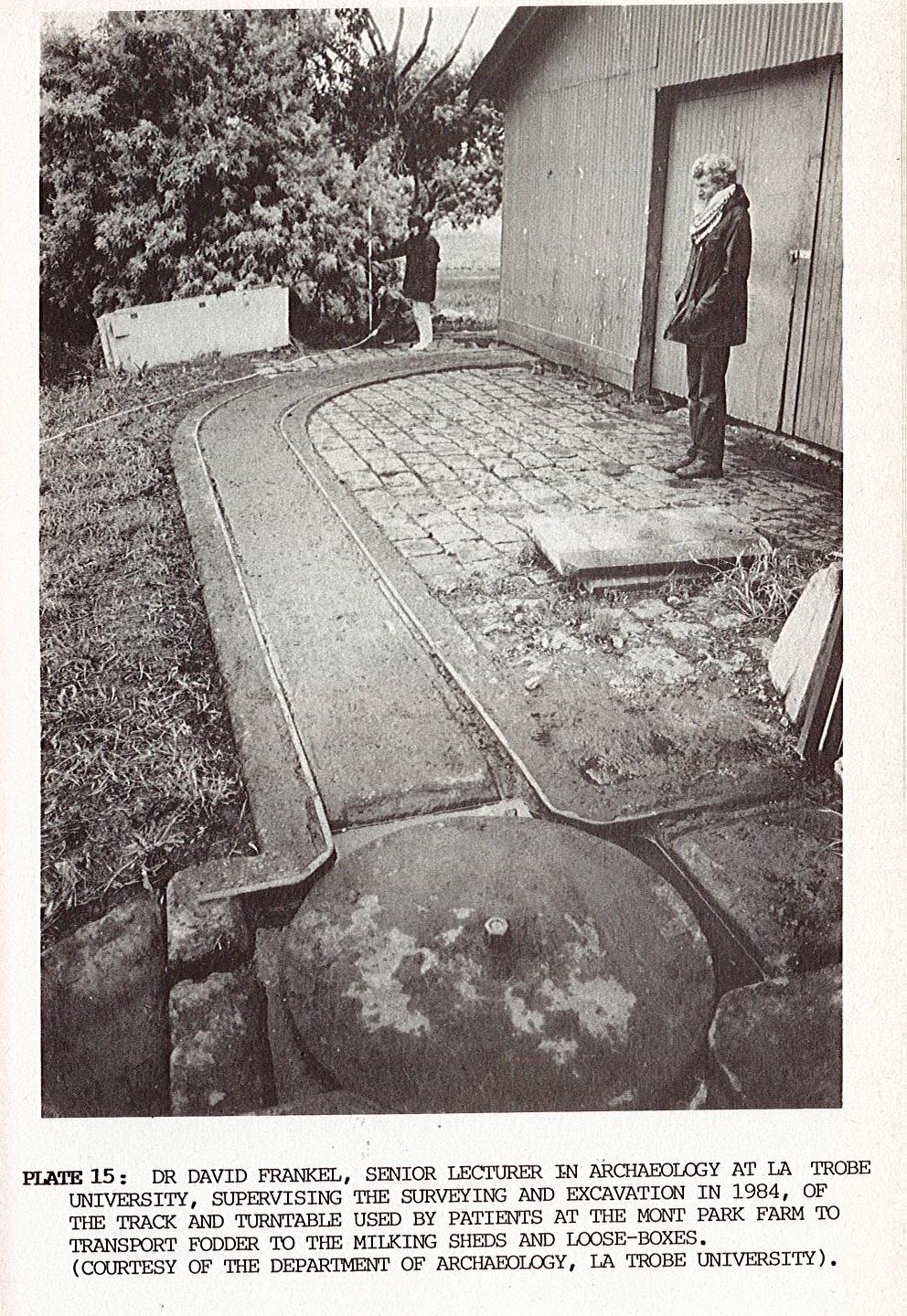
Photo: In the beginning there was only the land. Photo courtesy of Len Kenna.
Kenna tells us that as the surrounding area became urbanised in the 1950s residents complained about the smell coming from the piggery and milking shed. In late 1954 milking machines were installed along with better farming methods. Improvements in psychiatric treatment and conditions in psychiatric hospitals, along with post World War Two industrialisation and mechanised work practices, resulted in fewer patients available or willing to do manual farm work.
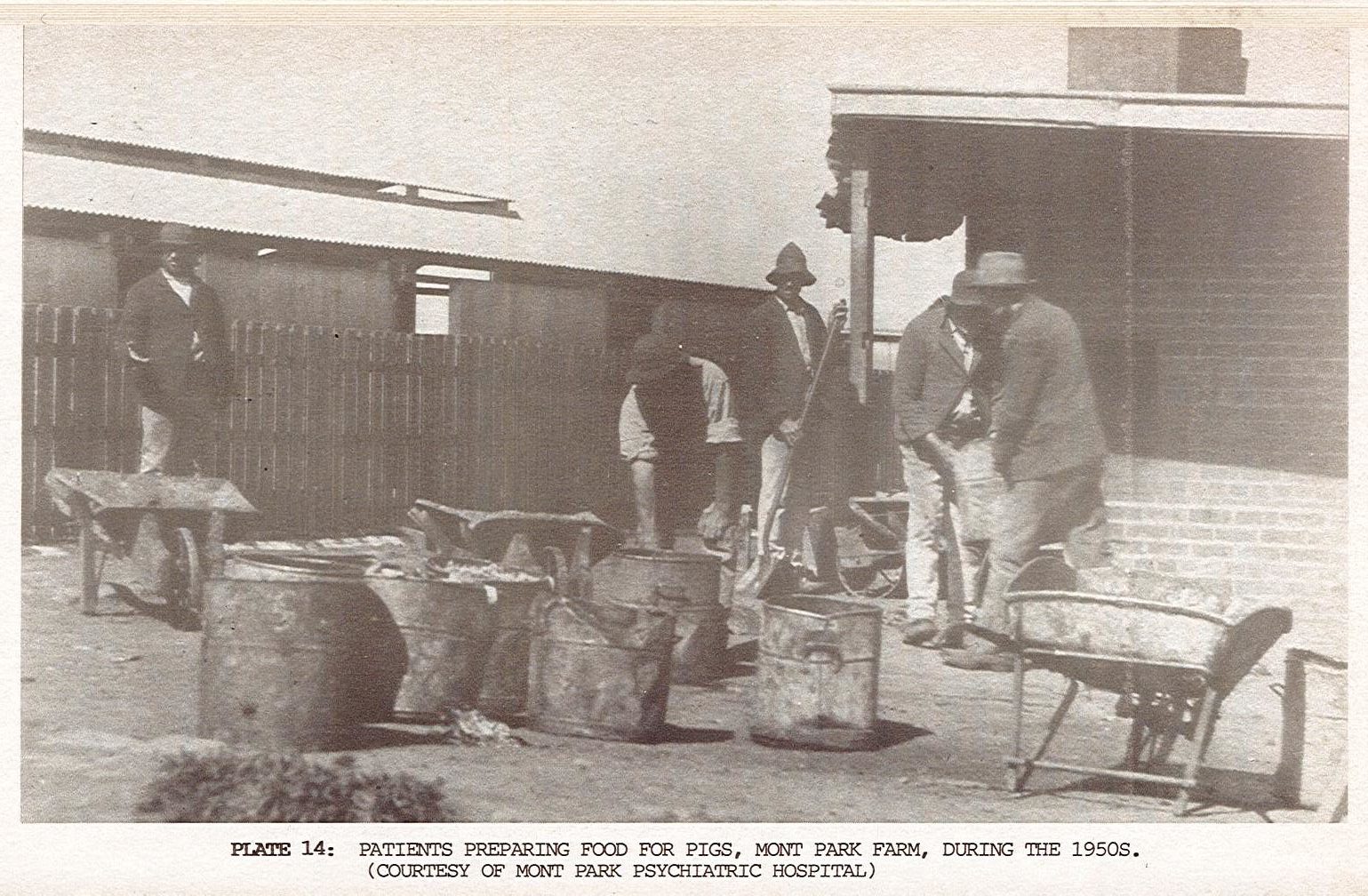
Photo courtesy of Len Kenna.
As a result farm labourers were hired to replace patient labour, and paid award wages, which along with the closure of the piggery, affected the viability of the farm. Connection to the Melbourne and Metropolitan Board of Works sewerage system in 1958 deprived the farm of its water and irrigation supply and restricted its carrying capacity. Despite further attempts to update the farm, the property fell into disuse and the land was allocated for construction of La Trobe University, which opened in 1967.
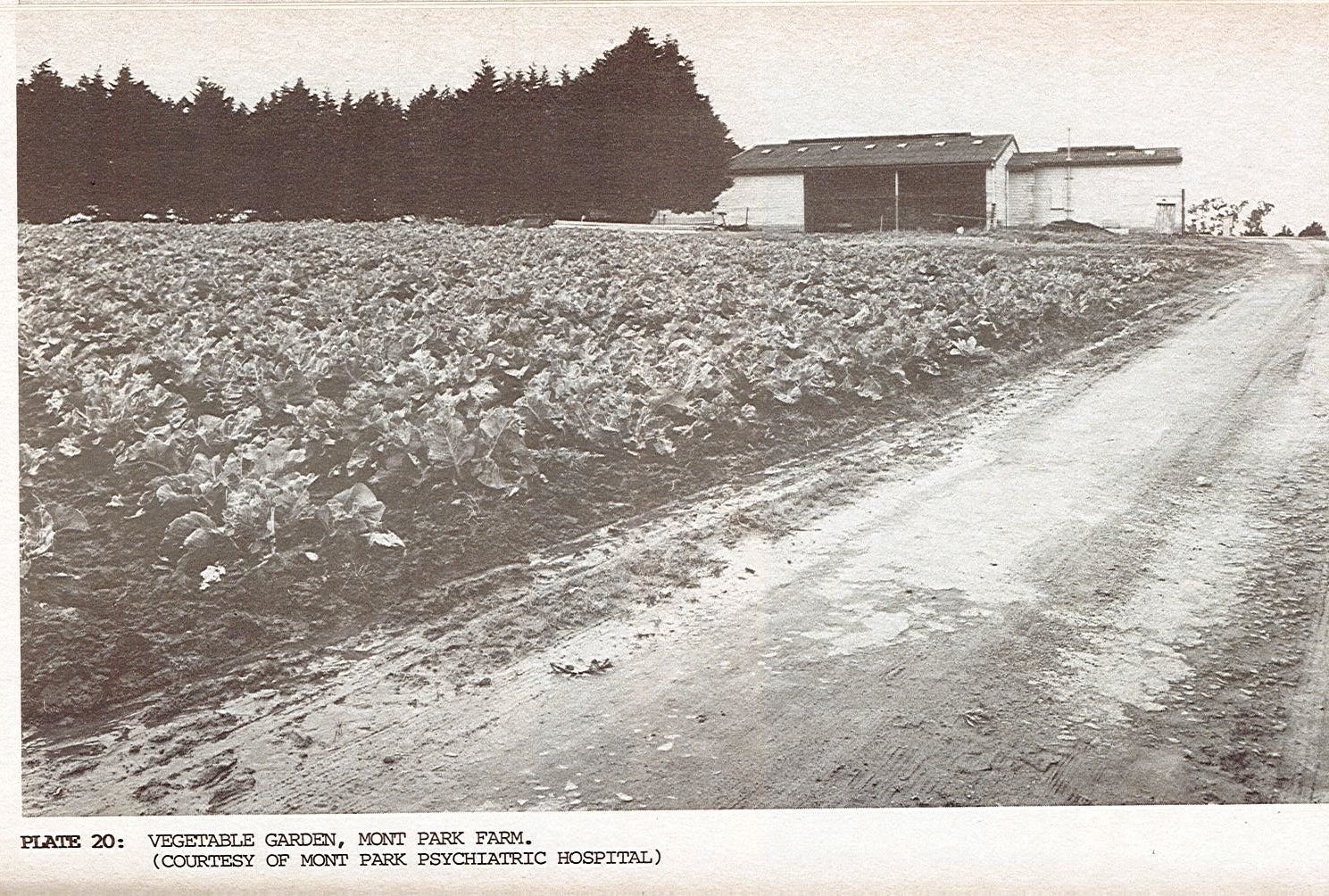
Photo courtesy of Len Kenna.
Over the years I’d drive past the old dairy shed and remember, as well as telling friends who were studying Ag Science about their origin. I still remember my father riding up the hill to greet us. He was a natural horseman and loved working with animals and the land.
The Springthorpe Project is a great initiative and I look forward to any photos of the farm, the people and buildings that may be forthcoming.
Story by Anne Paul
June 2017
REFERENCES
Kenna L, In the Beginning There Was Only the Land, Australian Print group, 1988

